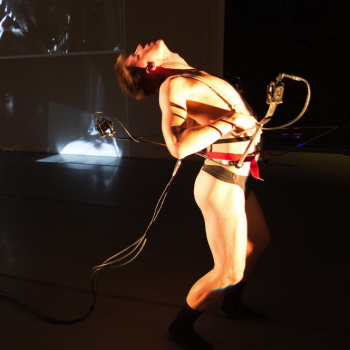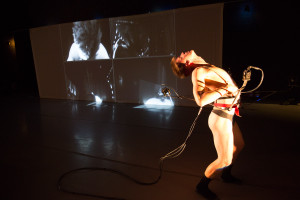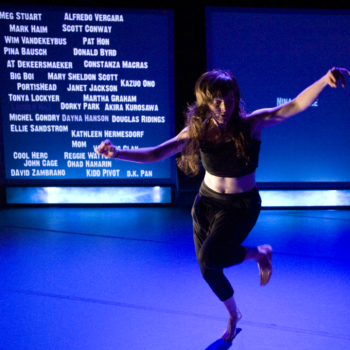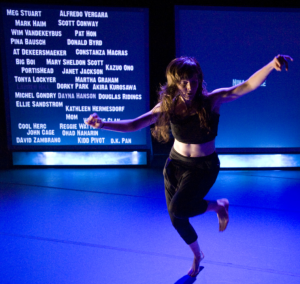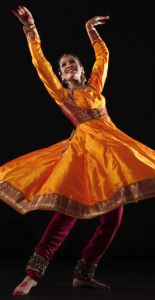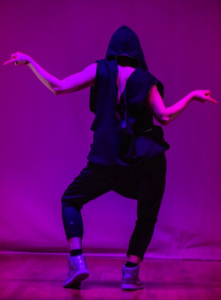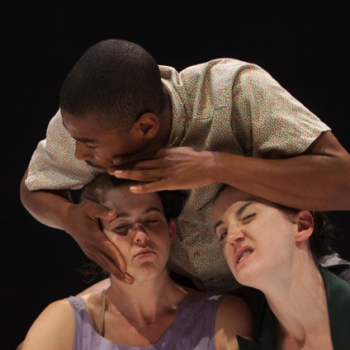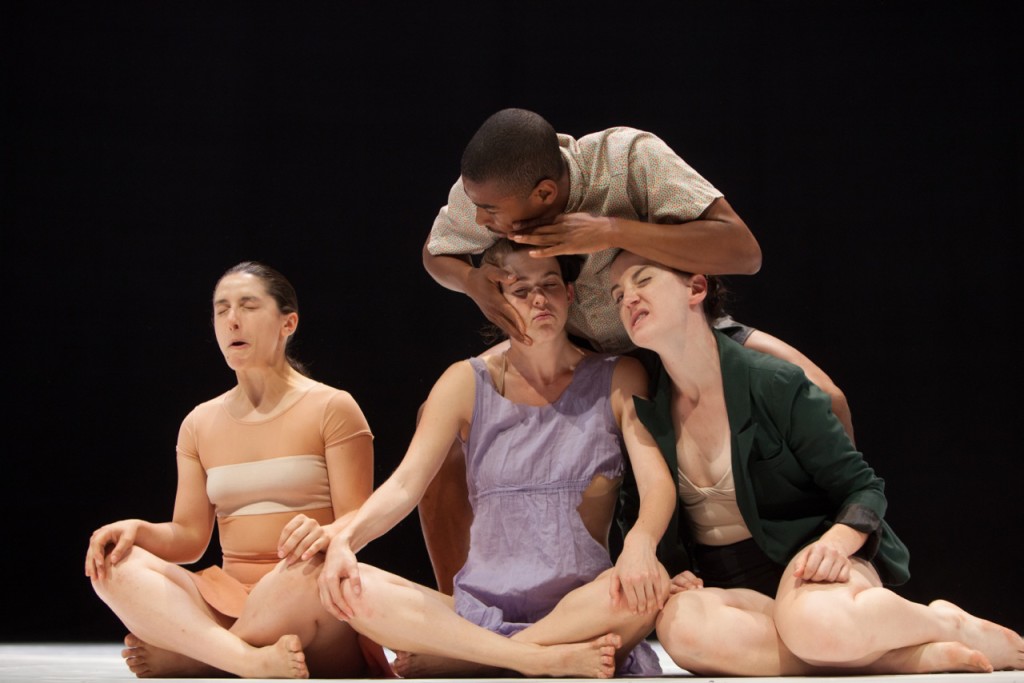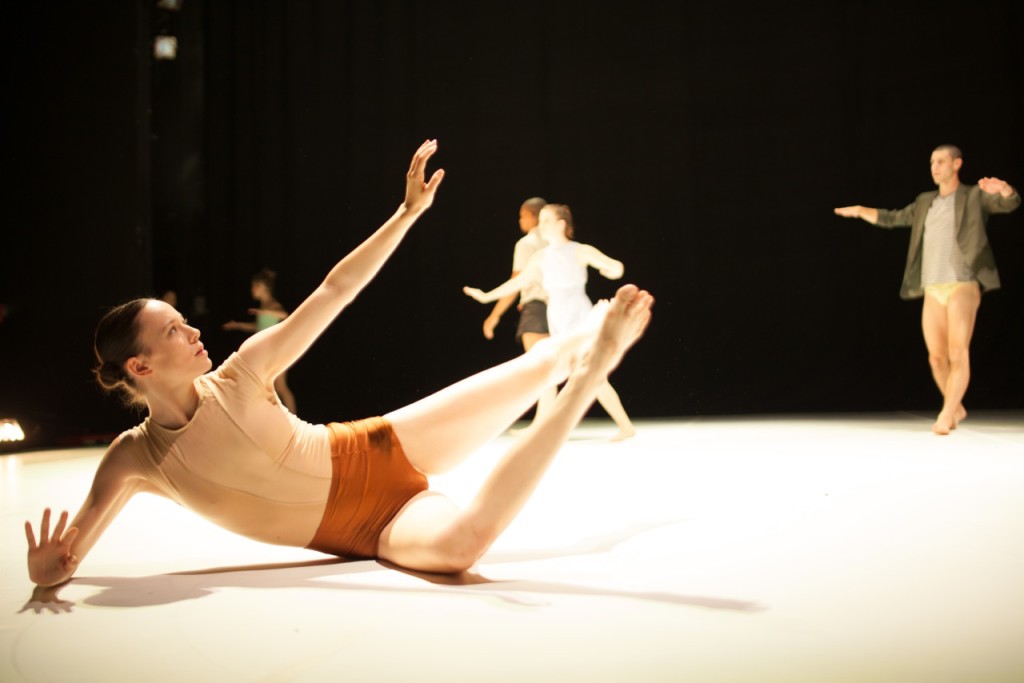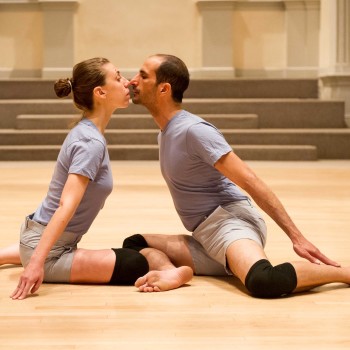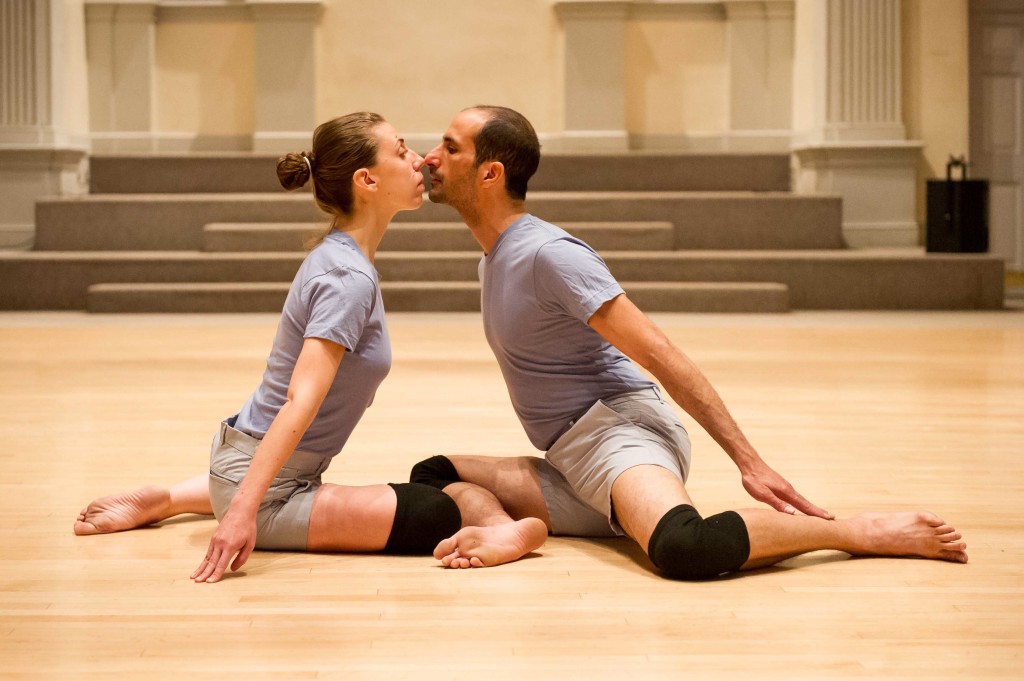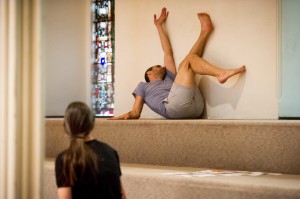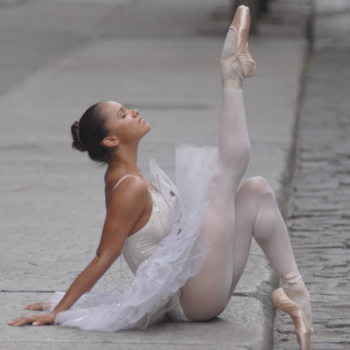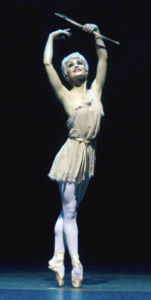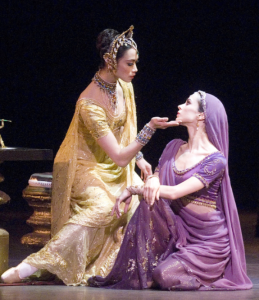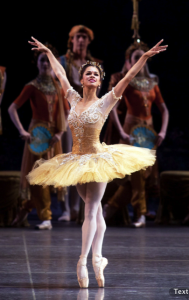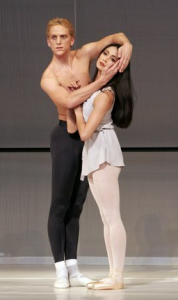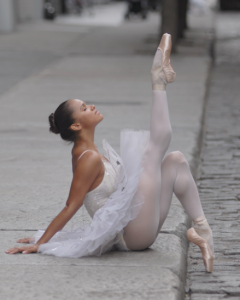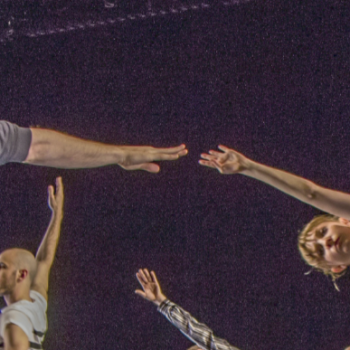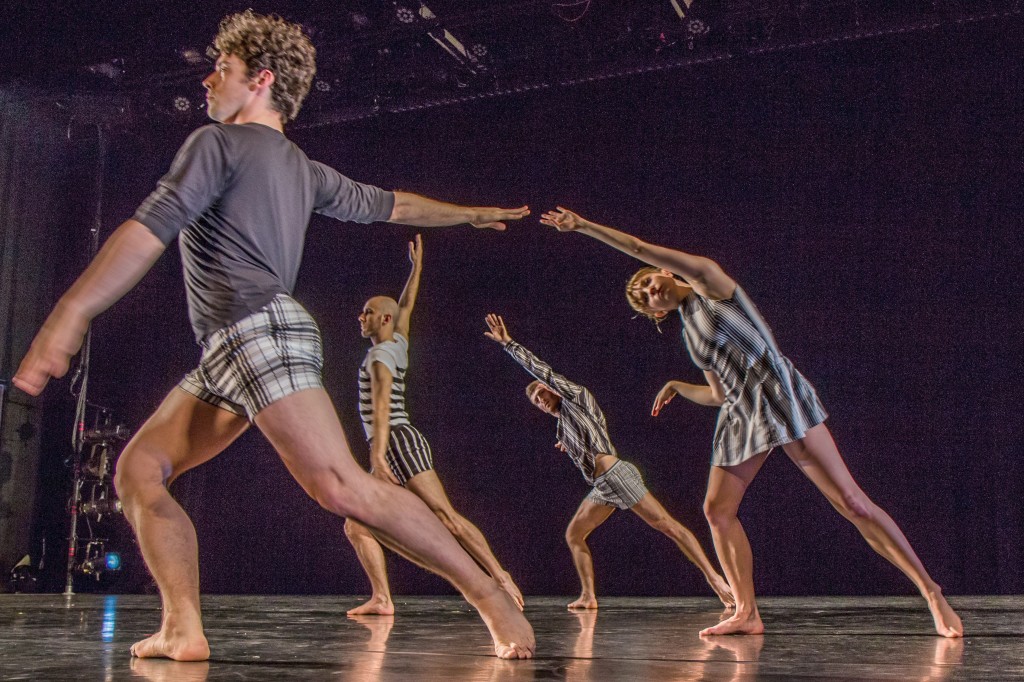Carmen de Lavallade is a miracle. Not just because she’s still dancing at 83, not just because a simple hand flourish can wow you with its natural elegance, not just because her honeyed voice can make any monologue interesting, not just because her body is incredibly lovely or her bearing is incredibly proud or her timing is incredibly theatrical. But also because watching her perform is a lesson in what stage instincts are about.
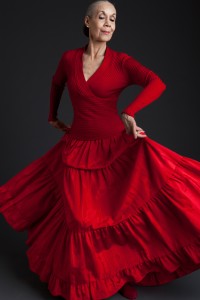
Photos © Julieta Cervantes
I’ve been enthralled every time I’ve seen her onstage. In 1962 at the Delacorte in Central Park, she swirled in a solo by Geoffrey Holder (her husband) with a kind of island-girl beauty. In 1992, partnered by Ulysses Dove in John Butler’s part jazzy/part tragic Portrait of Billie, she played the role of Billie Holiday with great pathos. (Click here to see it on the Pillow’s Dance Interactive) In 2002 she and Gus Solomons jr teamed up in Dwight Rhoden’s mesmerizing It All, which depicted the two as exhausted-but-questioning troupers in life.
Next week at Jacob’s Pillow she’ll be performing a new work, As I Remember It. To take a look back on her long career in dance and theater, she’s enlisted the help of director Joe Grifasi and dramaturg Talvin Wilks. June 20–22. For tickets click here.
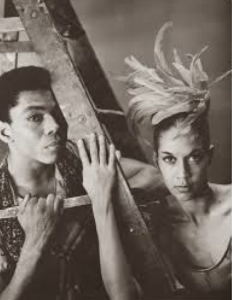
Carmen with Alvin Ailey, c. 1950s
Around the Country Uncategorized what to see Leave a comment
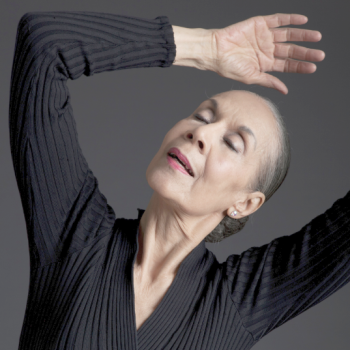
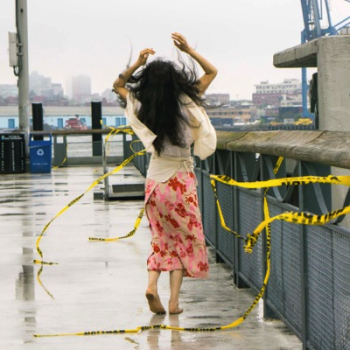
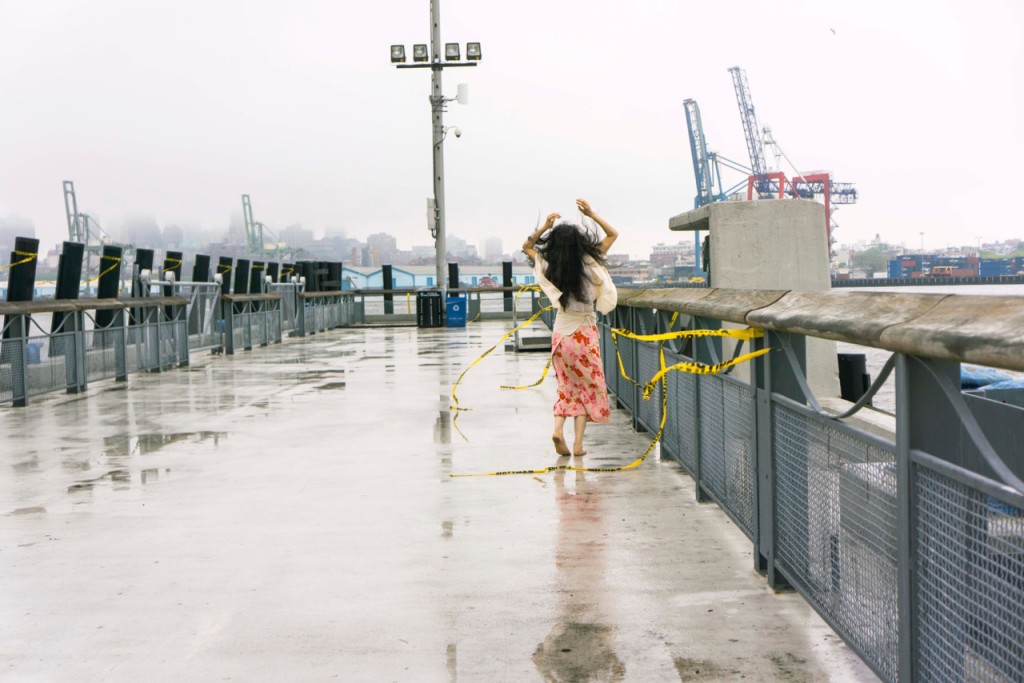
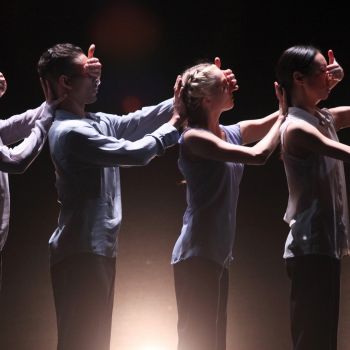
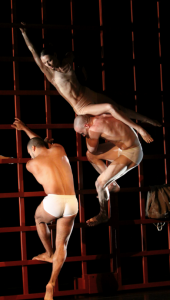
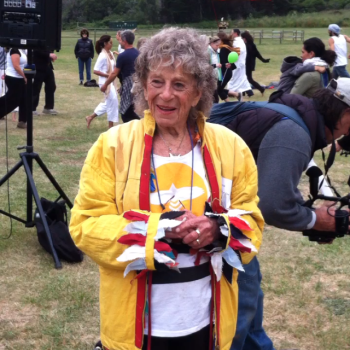
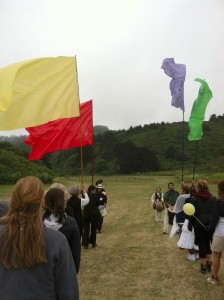
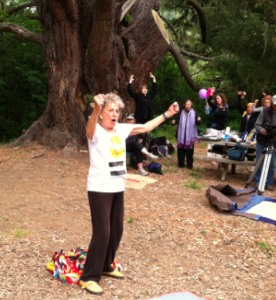
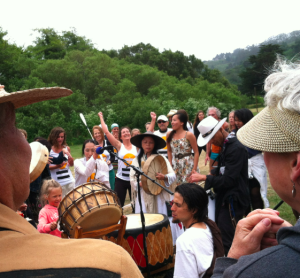 With the drumbeat accelerating, the uneven earth commanding one’s attention so as not to fall, and the exhilaration of being among other runners (and walkers), it was easy to forget the purpose of the run. But at the end Anna brought us back to our purpose. She asked us to sit back-to-back with a neighbor for a few minutes, then face that person and tell her or him of our plans to bring our stated goal closer to reality.
With the drumbeat accelerating, the uneven earth commanding one’s attention so as not to fall, and the exhilaration of being among other runners (and walkers), it was easy to forget the purpose of the run. But at the end Anna brought us back to our purpose. She asked us to sit back-to-back with a neighbor for a few minutes, then face that person and tell her or him of our plans to bring our stated goal closer to reality.